Raspberry Hydrangea: The Ultimate Guide To Growing This Gorgeous Shrub
Raspberry Hydrangea: The Ultimate Guide to Growing This Gorgeous Shrub
Raspberry hydrangea (Hydrangea paniculata) is a beautiful and versatile shrub that can add a touch of elegance to any garden. It is known for its large, cone-shaped blooms that can range in color from white to pink to blue, depending on the soil pH. Raspberry hydrangea is relatively easy to grow and care for, making it a great choice for even novice gardeners.
In this guide, we will discuss everything you need to know about growing raspberry hydrangea, from choosing the right location to providing proper care. We will also cover some common problems that may occur and how to solve them. By the end of this guide, you will be an expert on growing raspberry hydrangeas!
Choosing the Right Location
Raspberry hydrangeas prefer full sun to partial shade. They will tolerate some shade, but they will not flower as well in shady locations. The soil should be well-drained and rich in organic matter. If your soil is sandy or clayey, you may need to add some compost or other organic matter to improve drainage.
Planting
Raspberry hydrangeas can be planted in the spring or fall. When planting, dig a hole that is twice the width of the root ball. Backfill the hole with soil, being careful not to bury the crown of the plant. Water the plant well after planting.
Watering
Raspberry hydrangeas need regular watering, especially during the first year after planting. Once the plant is established, it will need less water. Water deeply, so that the water reaches the roots. Water more often during hot, dry weather.
Fertilizing
Raspberry hydrangeas benefit from annual fertilization. You can use a balanced fertilizer, such as 10-10-10, in the spring. Apply the fertilizer according to the package directions.
Pruning
Raspberry hydrangeas do not require a lot of pruning. However, you may want to remove dead, diseased, or damaged branches in the spring. You can also prune to shape the plant or to control its size. If you want to encourage more blooms, you can prune the plant back by about one-third in the spring.
Problems
Raspberry hydrangeas are generally pest- and disease-free. However, they can be susceptible to powdery mildew and aphids. Powdery mildew can be treated with a fungicide. Aphids can be controlled with insecticidal soap or neem oil.
Overwintering
Raspberry hydrangeas are hardy in zones 4-8. In colder climates, you may need to protect the plant from winter damage. You can do this by covering the plant with a burlap sack or evergreen boughs.
With proper care, raspberry hydrangeas can provide years of beauty to your garden.
Raspberry hydrangeas are a beautiful and popular choice for gardens in many parts of the world. These shrubs produce large, showy blooms that can range in color from deep raspberry to neon purple. They are relatively easy to care for and can thrive in a variety of conditions.
If you are interested in learning more about raspberry hydrangeas, I recommend visiting the website . This website has a wealth of information about these shrubs, including their history, cultivation, and care. You can also find photos of different raspberry hydrangea varieties, as well as tips on how to choose the right one for your garden.
I hope this helps!
FAQ of raspberry hydrangea
Frequently Asked Questions About Raspberry Hydrangea
Raspberry hydrangea (Hydrangea macrophylla) is a popular garden shrub known for its large, showy flowers that can be pink, blue, or purple. It is a relatively easy plant to care for, but there are a few things to keep in mind to ensure that it thrives.
Here are the five most frequently asked questions about raspberry hydrangea, along with valuable insights and solutions:
- What is the best time to plant raspberry hydrangea?
Raspberry hydrangea can be planted in the spring or fall. If you are planting in the spring, do so as soon as the soil is workable. If you are planting in the fall, do so at least six weeks before the first frost.
- How much sunlight does raspberry hydrangea need?
Raspberry hydrangea prefers full sun, but it can also tolerate partial shade. If you live in a hot climate, it may be beneficial to plant your raspberry hydrangea in a spot that receives some afternoon shade.
- What kind of soil does raspberry hydrangea need?
Raspberry hydrangea prefers moist, well-drained soil. If your soil is sandy, you may need to add some compost or peat moss to improve drainage. If your soil is clay, you may need to add some sand or perlite to improve drainage.
- How much water does raspberry hydrangea need?
Raspberry hydrangea needs regular watering, especially during the first year after planting. Once it is established, it can tolerate some drought, but it will produce more flowers if it is watered regularly.
- How do I deadhead raspberry hydrangea?
Deadheading is the process of removing spent flowers. This will encourage the plant to produce more flowers. To deadhead raspberry hydrangea, simply pinch off the spent flowers with your fingers. You can also use a pair of scissors or shears.
Image of raspberry hydrangea
5 different images of "raspberry hydrangea" from Pinterest:
Raspberry Twist Hydrangea
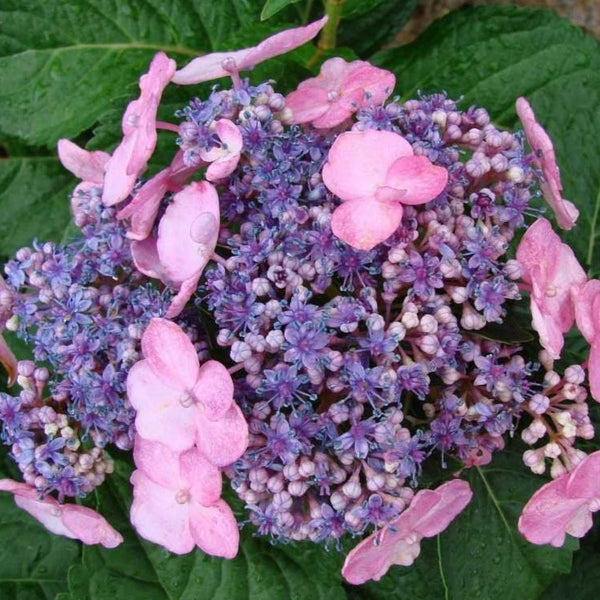 This variety of hydrangea is known for its vibrant raspberry pink blooms. It is a deciduous shrub that grows to be about 4-6 feet tall and wide. Raspberry Twist Hydrangea is hardy in USDA zones 4-9.
This variety of hydrangea is known for its vibrant raspberry pink blooms. It is a deciduous shrub that grows to be about 4-6 feet tall and wide. Raspberry Twist Hydrangea is hardy in USDA zones 4-9.Limelight Hydrangea
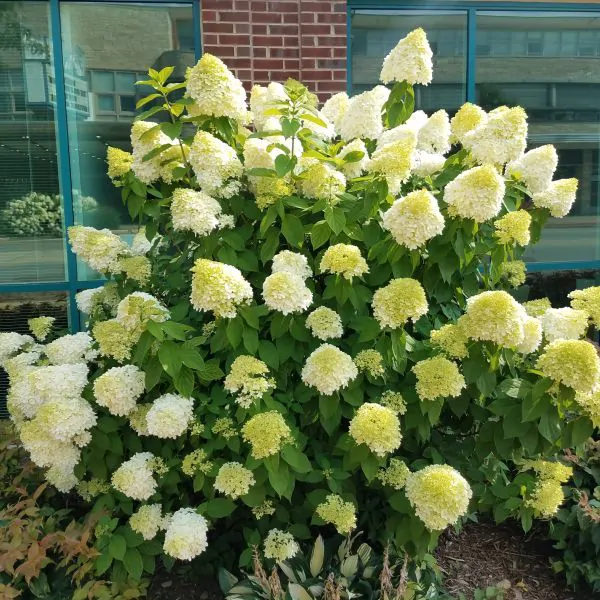 Limelight Hydrangea is another popular variety that blooms in shades of pink, blue, or white. It is a large shrub that can grow to be 6-8 feet tall and wide. Limelight Hydrangea is hardy in USDA zones 3-9.
Limelight Hydrangea is another popular variety that blooms in shades of pink, blue, or white. It is a large shrub that can grow to be 6-8 feet tall and wide. Limelight Hydrangea is hardy in USDA zones 3-9.Annabelle Hydrangea
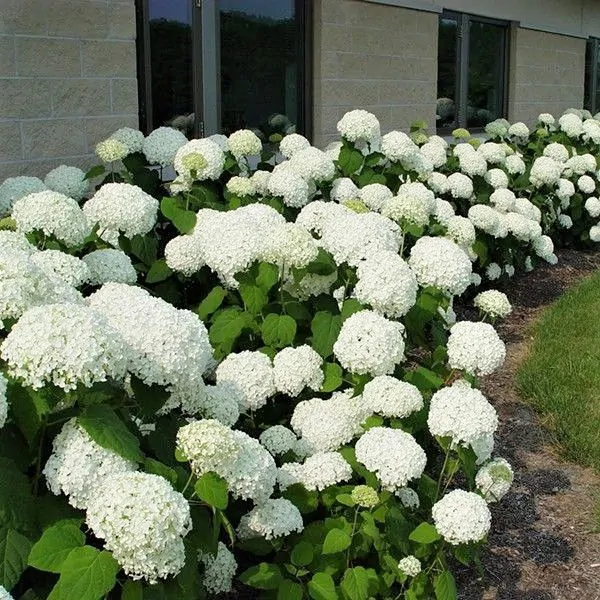 Annabelle Hydrangea is a white hydrangea that is known for its large, ball-shaped blooms. It is a deciduous shrub that grows to be about 4-6 feet tall and wide. Annabelle Hydrangea is hardy in USDA zones 3-9.
Annabelle Hydrangea is a white hydrangea that is known for its large, ball-shaped blooms. It is a deciduous shrub that grows to be about 4-6 feet tall and wide. Annabelle Hydrangea is hardy in USDA zones 3-9.Pink Annabelle Hydrangea
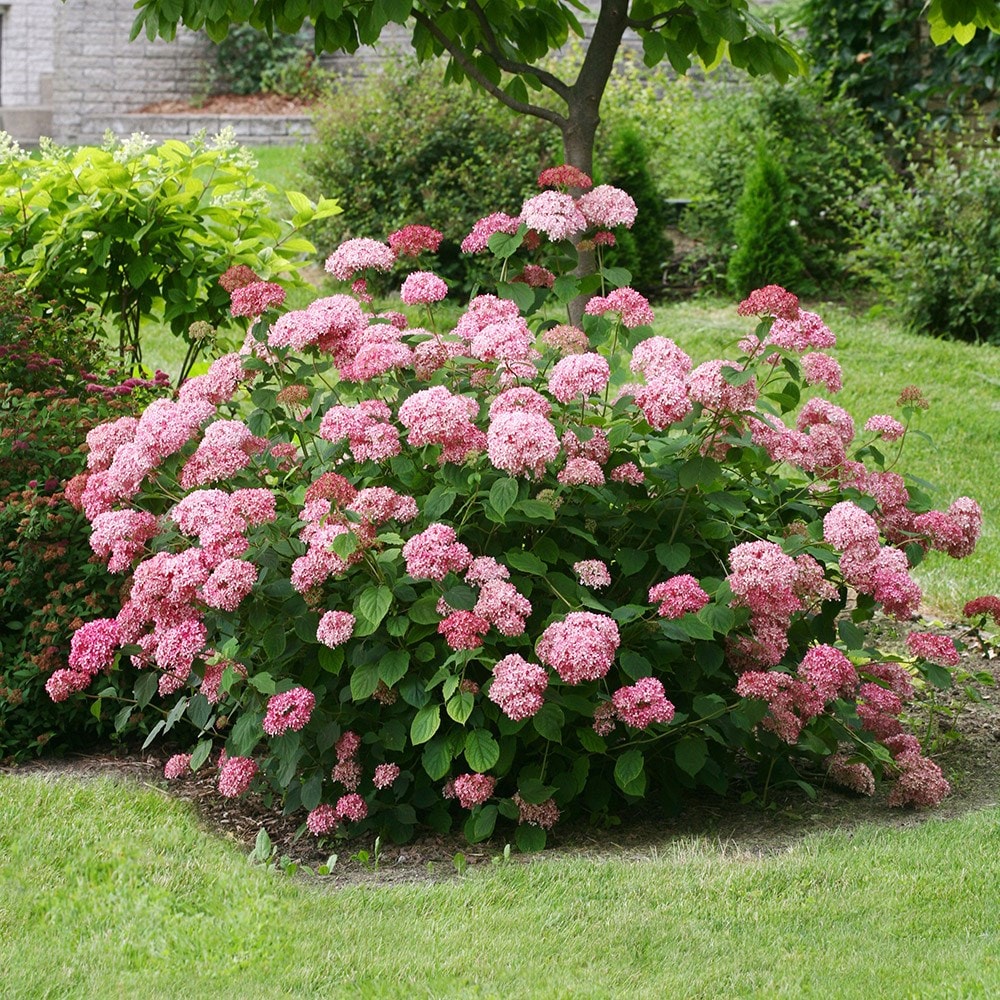 Pink Annabelle Hydrangea is a variety of Annabelle Hydrangea that blooms in shades of pink. It is a deciduous shrub that grows to be about 4-6 feet tall and wide. Pink Annabelle Hydrangea is hardy in USDA zones 3-9.
Pink Annabelle Hydrangea is a variety of Annabelle Hydrangea that blooms in shades of pink. It is a deciduous shrub that grows to be about 4-6 feet tall and wide. Pink Annabelle Hydrangea is hardy in USDA zones 3-9.Serendipity Hydrangea
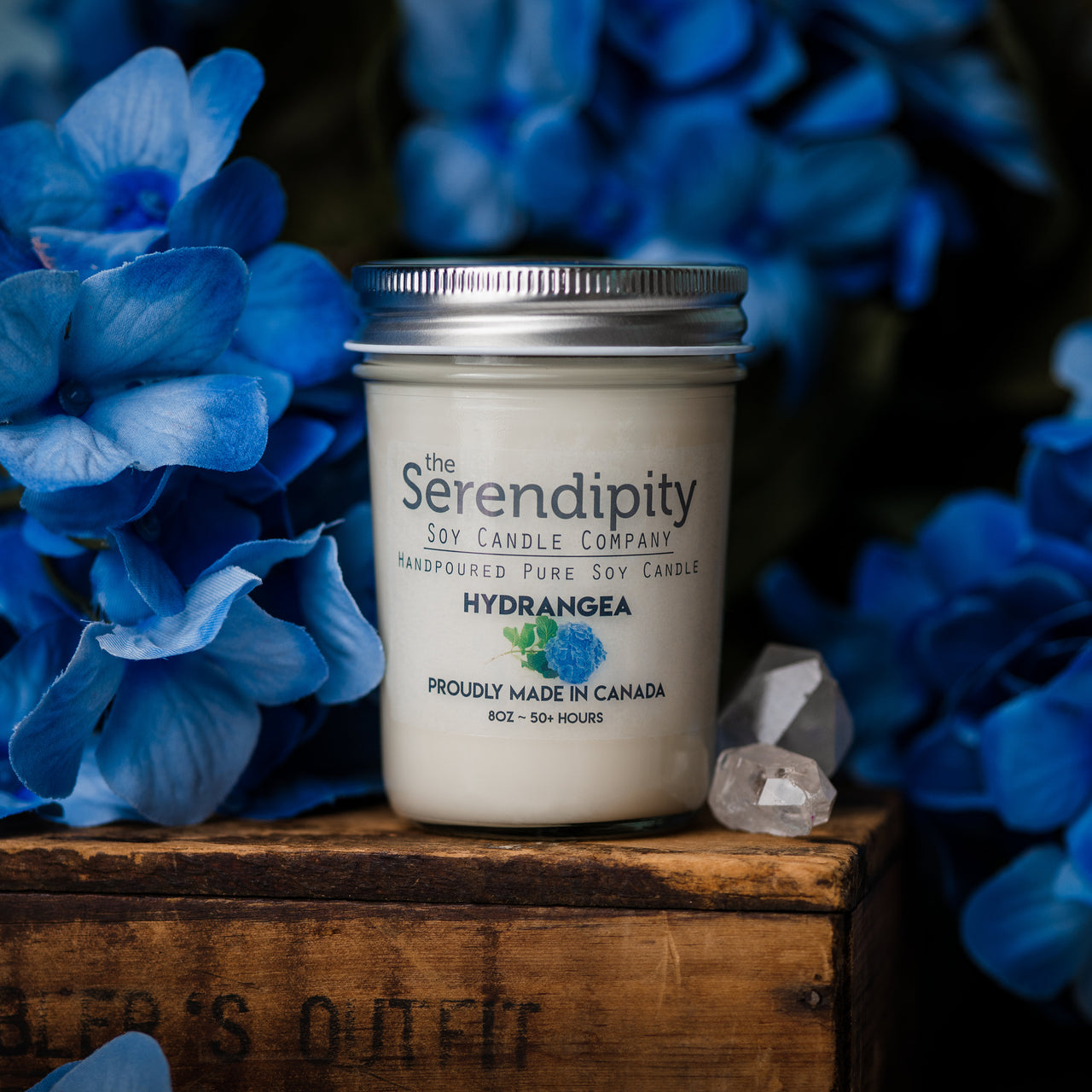 Serendipity Hydrangea is a unique variety that blooms in a variety of colors, including pink, blue, purple, and white. It is a deciduous shrub that grows to be about 4-6 feet tall and wide. Serendipity Hydrangea is hardy in USDA zones 3-9.
Serendipity Hydrangea is a unique variety that blooms in a variety of colors, including pink, blue, purple, and white. It is a deciduous shrub that grows to be about 4-6 feet tall and wide. Serendipity Hydrangea is hardy in USDA zones 3-9.
Post a Comment for "Raspberry Hydrangea: The Ultimate Guide To Growing This Gorgeous Shrub"